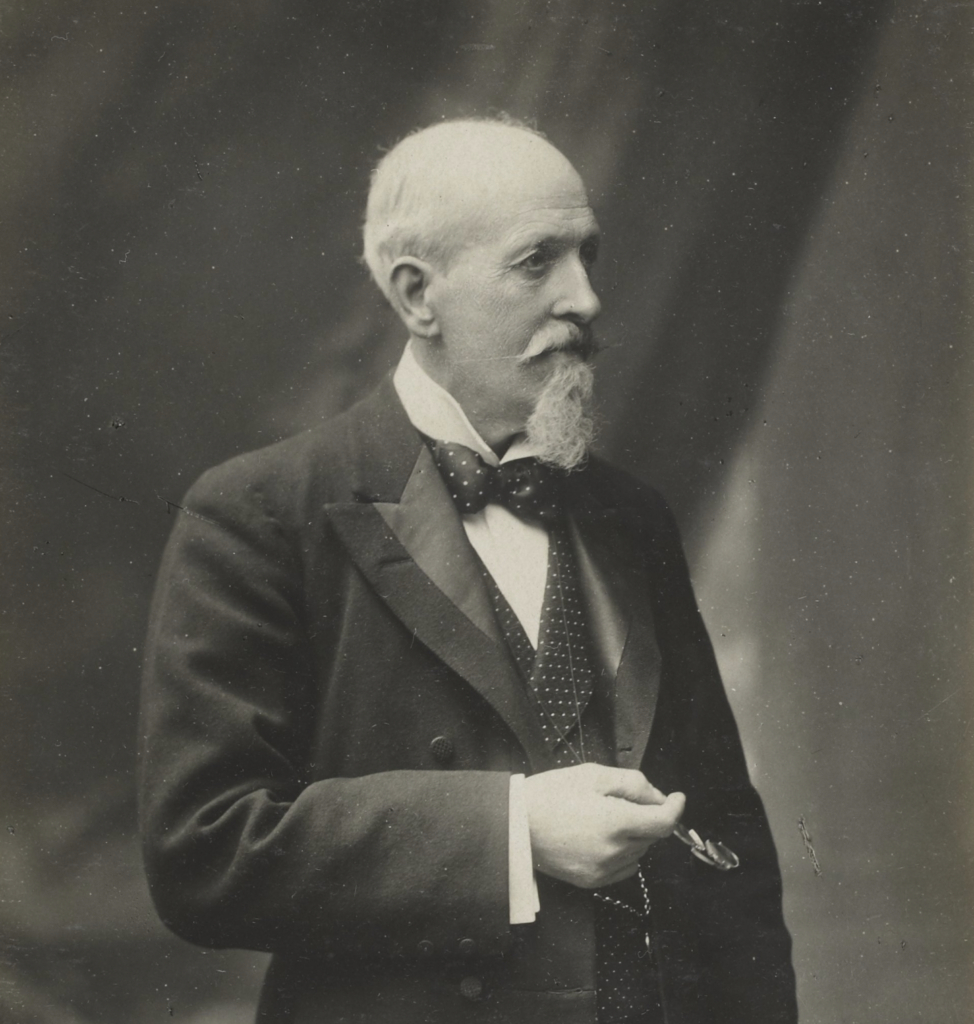English psychologist, Charles Spearman, tested 23 boys in a preparatory school near Oxford on a variety of achievement tests in each of: classics, French, English, mathematics, discrimination of pitch, and music. On analyzing the test results, he asked, “What pervasive cognitive faculty accounts for the fact that a student who does well on any of these tests, usually, but not always, does well on the others?”

Spearman hypothesized that the cognitive abilities brought to bear in each test consisted of a general ability, common to all the tests, and a specific ability unique to that test. He called this general factor of cognitive ability the g factor. Spearman’s mathematical procedure for establishing the g factor spawned a mathematical technique now known as factor analysis. This model of intelligence is referred to as the “two-factor” theory of intelligence because performance on each test was considered to be a result of two factors: a person’s general intelligence, g, and a special proclivity unique to that test. Spearman’s theory laid the groundwork for the idea that each of us has a general overarching intelligence that spans many disciplines that is measurable as IQ.
